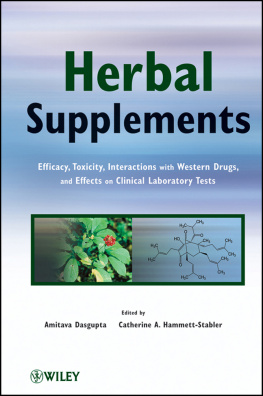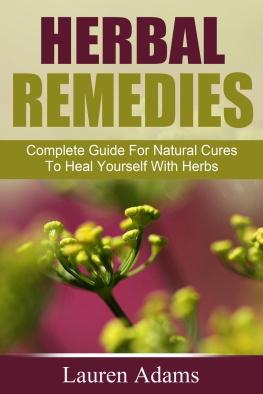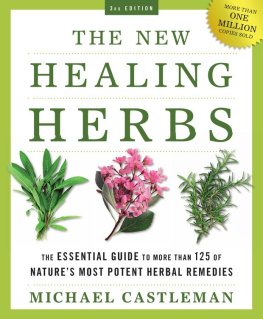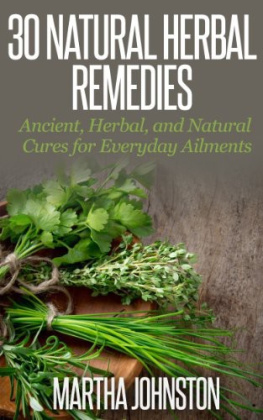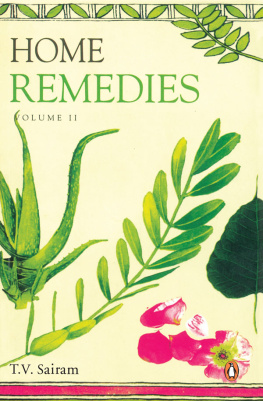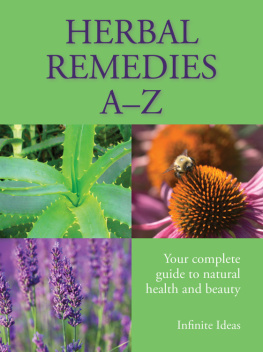Copyright 2011 by John Wiley & Sons, Inc. All rights reserved
Published by John Wiley & Sons, Inc., Hoboken, New Jersey
Published simultaneously in Canada
No part of this publication may be reproduced, stored in a retrieval system, or transmitted in any form or by any means, electronic, mechanical, photocopying, recording, scanning, or otherwise, except as permitted under Section 107 or 108 of the 1976 United States Copyright Act, without either the prior written permission of the Publisher, or authorization through payment of the appropriate per-copy fee to the Copyright Clearance Center, Inc., 222 Rosewood Drive, Danvers, MA 01923, (978) 750-8400, fax (978) 750-4470, or on the web at www.copyright.com. Requests to the Publisher for permission should be addressed to the Permissions Department, John Wiley & Sons, Inc., 111 River Street, Hoboken, NJ 07030, (201) 748-6011, fax (201) 748-6008, or online at http://www.wiley.com/go/permissions.
Limit of Liability/Disclaimer of Warranty: While the publisher and author have used their best efforts in preparing this book, they make no representations or warranties with respect to the accuracy or completeness of the contents of this book and specifically disclaim any implied warranties of merchantability or fitness for a particular purpose. No warranty may be created or extended by sales representatives or written sales materials. The advice and strategies contained herein may not be suitable for your situation. You should consult with a professional where appropriate. Neither the publisher nor author shall be liable for any loss of profit or any other commercial damages, including but not limited to special, incidental, consequential, or other damages.
For general information on our other products and services or for technical support, please contact our Customer Care Department within the United States at (800) 762-2974, outside the United States at (317) 572-3993 or fax (317) 572-4002.
Wiley also publishes its books in a variety of electronic formats. Some content that appears in print may not be available in electronic formats. For more information about Wiley products, visit our web site at www.wiley.com.
Library of Congress Cataloging-in-Publication Data:
Herbal supplements : efficacy, toxicity, interactions with western drugs and effects on clinical laboratory tests / edited by Amitava Dasgupta and Catherine A. Hammett-Stabler.
p. ; cm.
Includes bibliographical references and index.
ISBN 978-0-470-43350-8 (cloth)
ISBN 978-0-470-92275-0 (ebk)
1. HerbsToxicology. 2. HerbsTherapeutic use. 3. Drug-herb interactions. I. Dasgupta, Amitava, 1958 II. Hammett-Stabler, Catherine A., 1952
[DNLM: 1. Plants, Medicinalchemistry. 2. Plants, Medicinaltoxicity. 3. Dietary Supplementstoxicity. 4. Herb-Drug Interactions. 5. Pathology, Clinicalmethods. 6. Phytotherapy adverse effects. QV 766 H5349 2011]
RA1250.H47 2011
615.321dc22
2010019504
We dedicate this book to Alice and Tom.
PREFACE
Today, a significant percentage of Americans turn to complementary and alternative medicine (CAM) practices. These range from biological-based products, which include herbal remedies, supplements, and traditional medicines, to noninvasive modalities such as massage, acupuncture, meditation, and yoga. Although many alternative modalities such as massage, yoga, and meditation are safe and may also have efficacy, there are significant safety issues regarding the use of herbal supplements and many traditional medicines (e.g., Ayurvedic medicines). A number of herbal supplements have been found to cause organ-specific toxicity, while other herbal supplements are capable of interacting both pharmacodynamically and pharmacokinetically with many Western drugs. Contamination of some Asian herbal supplements and Indian Ayurvedic medicines with heavy metals and possibly with undisclosed Western drugs is a serious public health hazard. Numerous herbals have been used for many years as traditional medicines and many appear to be safe when used appropriately. Research has yet to show many to be as effective as pharmaceuticals, and this is an area in which considerable work is needed.
We decided a book such as this was needed because of the cases of toxicity we have seen and the questions we each receive as clinical laboratory professionals. While we present both safe and unsafe herbal supplements, we emphasize the pharmacological interactions identified between Western drugs and herbal supplements and the effects of herbal supplements on clinical laboratory tests. Other books and reviews discuss some of these issues, but there are few that discuss the effects of herbal supplements on clinical laboratory tests despite the fact that these tests are often the first indicators of a problem, that is, toxicity or an unwanted drugherb interaction.
This book is divided into five parts. The first part provides a general introduction to CAMs as well as an introduction to herbals considered safe versus those with a darker reputation. The second part provides more detailed information in an organ- or disease-based focus and delves into some of the traditional practices of which most allopathic professionals have limited knowledge. These are by no means intended to provide all that is known about these practices but to give a sound overview that one could use to engage patients and others in discussions about their use of such practices. Part III is dedicated to the key interactions between herbal supplements and various pharmaceutical drugs. Despite much play by the media several years ago, patients continue to mix herbals and pharmaceuticals without telling their allopathic providers. This often becomes the explanation of many unexpected drug reactions. Importantly, contamination of herbal supplements, especially those manufactured in various Asian countries, and Indian Ayurvedic medicines with heavy metals is a serious public safety issue. The metals found include, but are not limited to, lead, mercury, arsenic, and cadmium, and there are numerous case reports in the literature describing heavy metal toxicity following consuming such supplements. In addition, more than a few products have been found to contain significant amounts of pharmaceuticals. Part IV (Contamination) addresses these important points. Part V discusses various analytical techniques used in the investigation of herbal remedies.
This book is dedicated to healthcare professionals who we hope will find it valuable in their practice of medicine. We thank our authors for taking time to conduct thorough literature reviews and we respect the opinions their work derived. We have tried to provide an unbiased, literature-based opinion on each herbal supplement. Most importantly, we thank our spouses for putting up with us during the time we worked on this project.
Amitava Dasgupta
Catherine A. Hammett-Stabler
CONTRIBUTORS
Charbel Abou-Diwan, PhD, Department of Pathology and Laboratory Medicine, Emory University School of Medicine, Atlanta, GA; Email:
Jeffrey K. Actor, PhD, Professor of Pathology and Laboratory Medicine, University of Texas Medical School at Houston, Houston, TX; Email:
John L. Blau, MD, Department of Pathology, University of Iowa Hospitals and Clinics, Iowa City, IA
Steven W. Cotten, PhD, Division of Medicinal Chemistry and Natural Products, Eshelman School of Pharmacy, The University of North Carolina at Chapel Hill; Email:
Amitava Dasgupta, PhD, Professor of Pathology and Laboratory Medicine, University of Texas Medical School at Houston, Houston, TX; Email:
Angela M. Ferguson, PhD, Assistant Professor of Pathology and Laboratory Medicine, Childrens Mercy Hospitals and Clinics, University of Missouri-Kansas City School of Medicine; Email:

